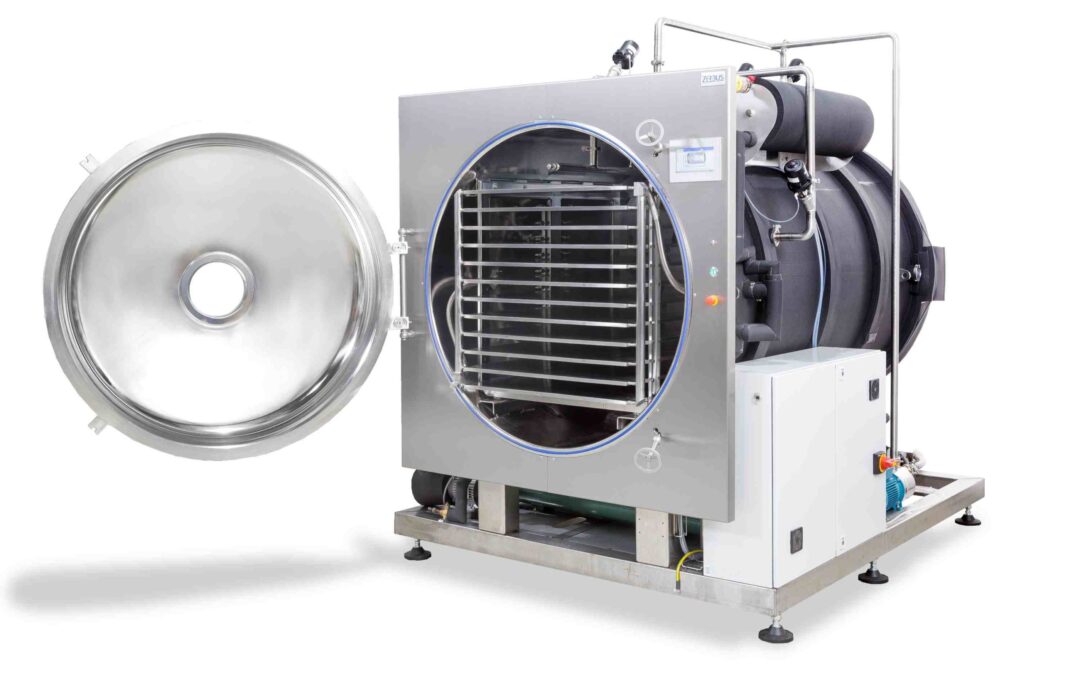AUTHOR
Laiju Lazar
NPD & Business Development Manager
Gulf Seafood LLC, Dubai – UAE

Introduction
Seafood industry provides employment opportunities to skilled, semi-skilled and unskilled labour force in India while earning valuable foreign exchange. Conventional freezing of seafood started in India in the early 60s and since then exporting of frozen seafood became a commercially viable activity. Freeze-drying, a remarkable technology is a later innovation for material preservation. Industrial freeze-drying of foods began during 1950s. It is currently used as a preservation method for foods, pharmaceuticals, and a wide range of other products. In India, seafood freeze-drying started during early 80s. Freeze-drying is the removal of ice from a material through the process of sublimation, process in which a solid (ice) changes directly to vapor without first going through a liquid (water) phase.
Sublimation in freeze drying
The entire process of freeze drying happens in three stages: freezing; vacuum processing; and drying.
Freezing – The product is properly arranged in trays and then completely frozen.
Vacuum processing – The product is placed under a deep vacuum chamber, well below the triple point of water.
Drying – Drying process under vacuum happens in two phases. Primary Drying (Sublimation) and Secondary Drying (Adsorption).
Primary Drying (Sublimation) – In this phase, pressure is lowered, and heat is added to the material in order for the water to sublimate. The vacuum speeds sublimation. The cold condenser provides a surface for the water vapor to adhere and solidify. The condenser also protects the vacuum pump from the water vapor. About 95% of the water in the material is removed in this phase. Primary drying can be a slow process. Too much heat can alter the structure of the material.
Secondary Drying (Adsorption) – In this phase, the ionically-bound water molecules are removed. By raising the temperature higher than in the primary drying phase, the bonds are broken between the material and the water molecules. Freeze dried materials retain a porous structure. Most materials can be dried to 1-5% residual moisture.
For More>>

